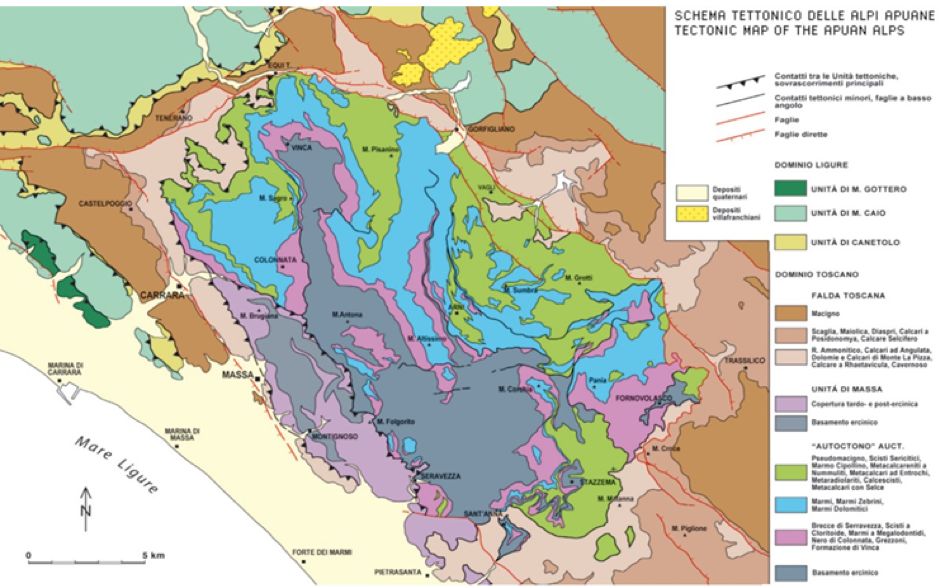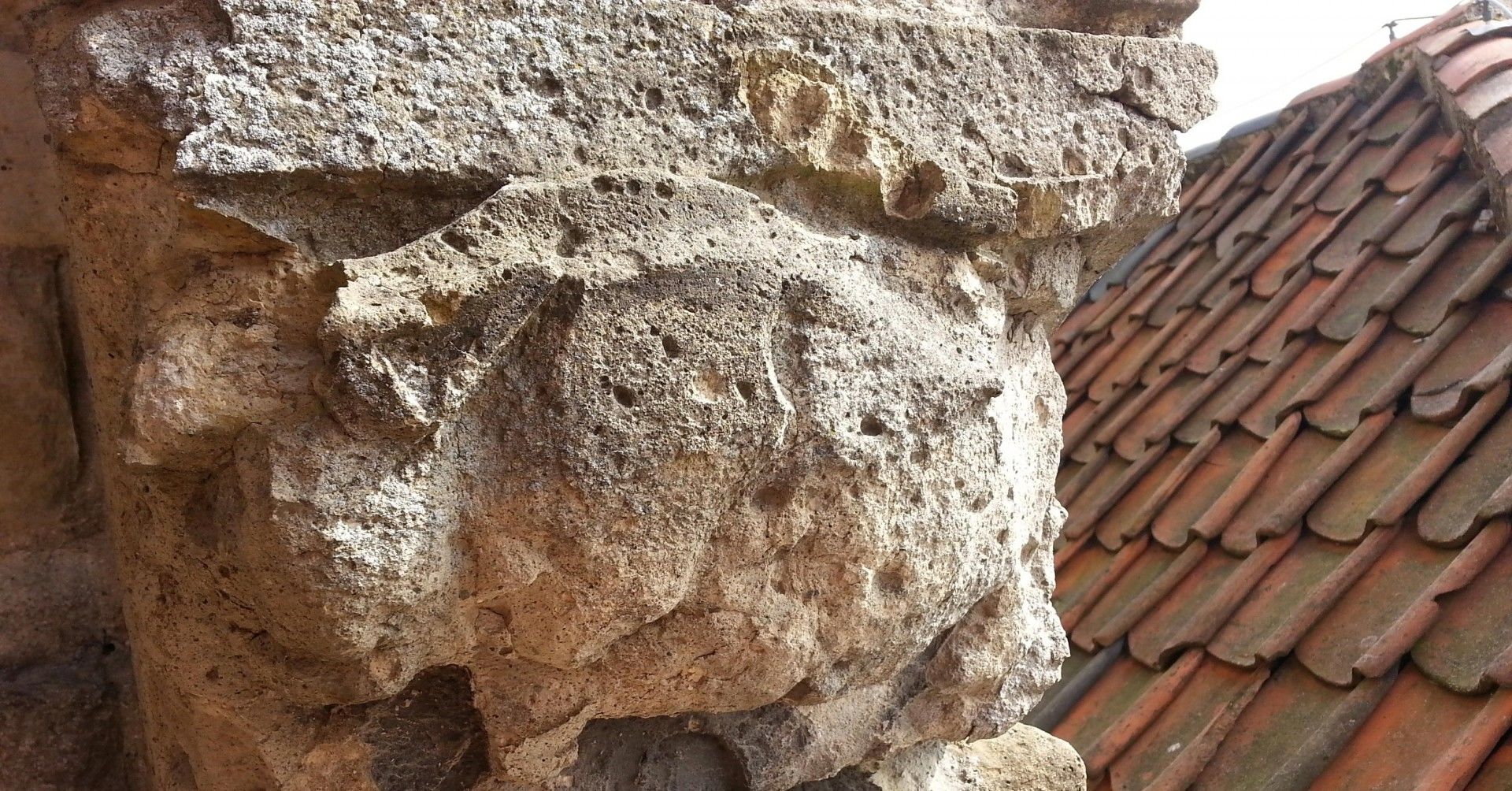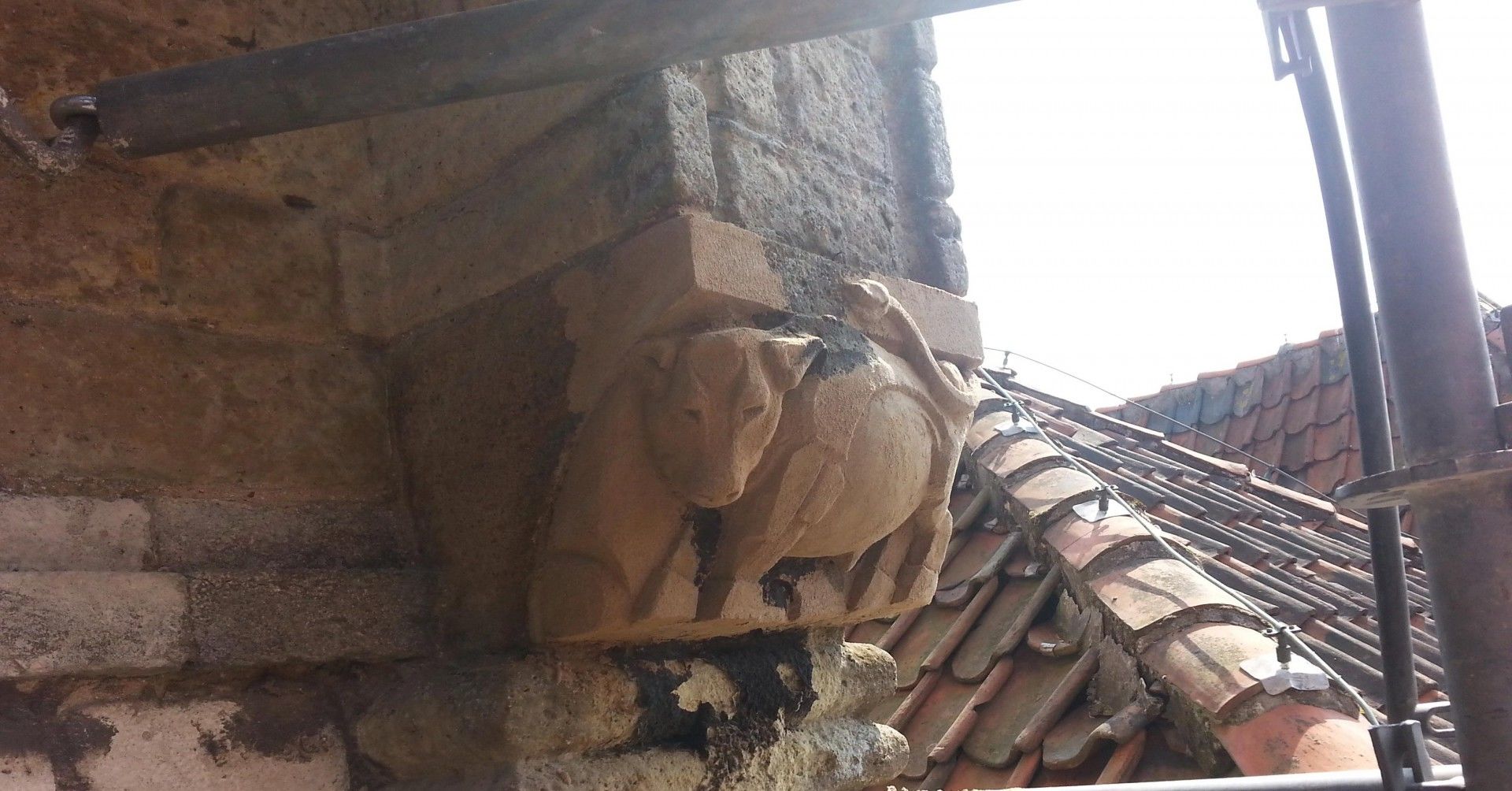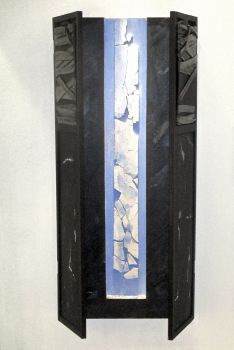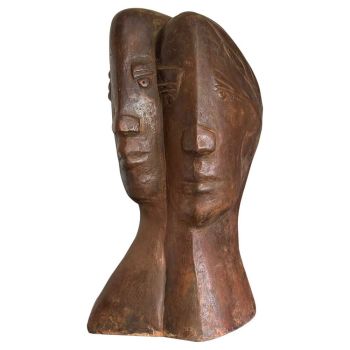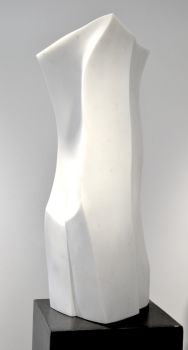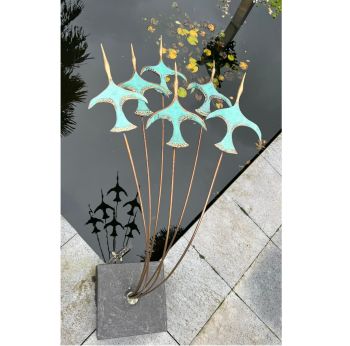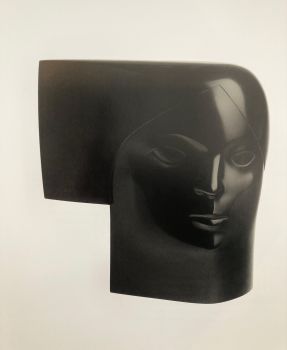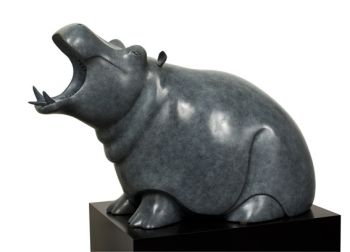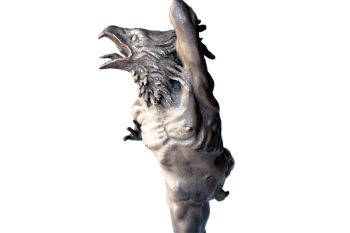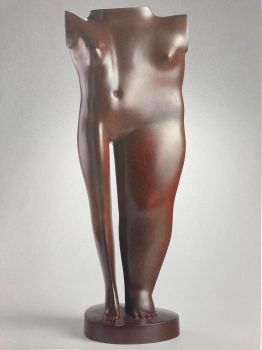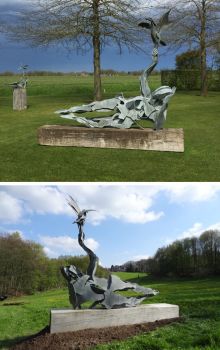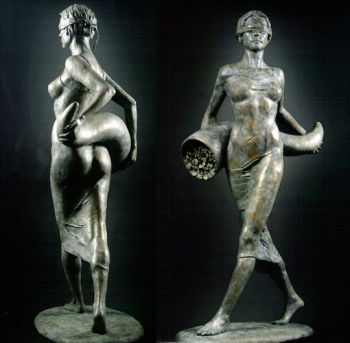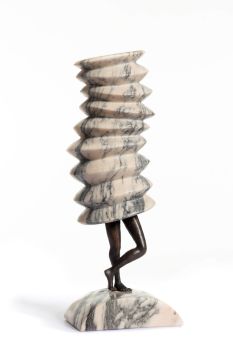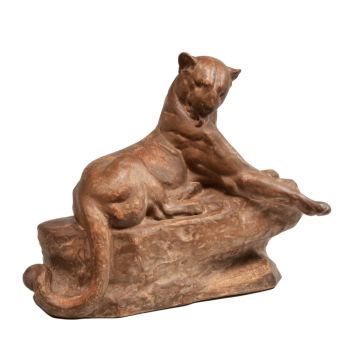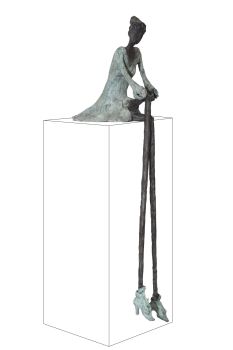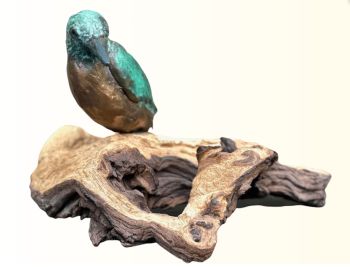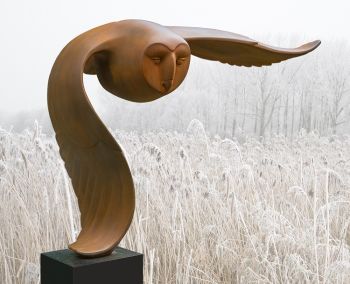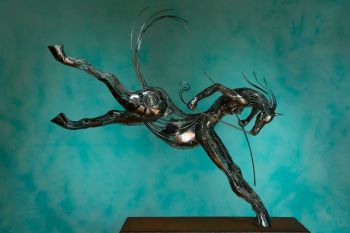Art Of Sculpture: Tragic Beauty
The three-dimensional aesthetic appeal that sculpture brings us, is unique. Handling natural stone requires skill, training, intricate calculations to prevent breakage and most of all: patience. Whereas nowadays countless easy-to-work-with materials have entered the field of sculpture, stone as a force of earth, but worked into form by man, has a degree of purity to it. Because of its durability, one can still encounter all uses of stone sculpture throughout history, religious and profane.
To elaborate about the beauty of stone sculpture and the problems arising with handling it, we spoke with an expert: art historian Drs. Roderick Nijenhuis, both restorer, appraiser and at the same time commercial director at Slotboom Stonemasonry, famous for restoring monuments such as St. John’s Cathedral in Den Bosch, The Netherlands.
“The appeal of sculpture in natural stone is still present, but knowledge has diminished and its position has changed. One can’t begin to compare the heaviness of the material with the ease of picking up a painting and the process of moving such a weight requires a balance of time, carefulness and risk. Unfortunately, the purchasing of sculpture thus became a process not many are willing to get themselves involved in.”
How a quick whitening can destroy finesse
Because of this, stone sculpture doesn’t get a fraction of the appreciation it deserves. In Holland classic sculpture is no longer taught in art schools. Only partly due to the fact that natural stone cannot be found in Dutch grounds, it has resulted in an exponential process of knowledge being lost: “Intellectual laziness, essentially”.
The loss of knowledge is becoming a problem. “The earth has provided us with uncountable sorts of natural stone. Comparison between them is hardly possible. There are over 200 different quarries for Carrara marble only, each kind of stone with distinct qualities. The kinds come at different price ranges as well, but this is easily overlooked because of difficulty in identification.
An overview of the area surrounding Carrara, Italy.
Different stones require different skills for modelling and different amounts of time, but the general movement is that this perspective of appreciation is next to untraceable in the field of taxation, even though every artist must have spent a considerable amount of time selecting”. Another problem can be seen in conservation and restoration. “A dirty piece in bad condition is often cleaned quickly without any knowledge, resulting in complete destruction of the original “Patin”. I have seen pieces of marble being treated with acid of some kind, for a beautiful white is what the public appreciates. However, doing so results in a loss of the essence of the sculpture, due to the disappearance of about half a millimetre of mass all around the statue.
Subtly cut lines, picking holes and finishing gradations belonging to the original design are lost, and the hand of the artist is completely erased! Unthinkable when restoring Rembrandt’s ‘Nachtwacht’ for instance”. This is only one example of many bad restoration practices, but stranger things are happening. On a positive note, the dubious circumstances surrounding the subject provide room for improvement. “Until then, we have to settle for an air of mystery of uncovered territory of restoration practices at least. If we take, for example, the appreciation of stone in the Renaissance era as ideal goal, every small step forwards counts.”
Altorf before restoration...
...Altorf after restoration



